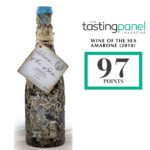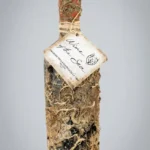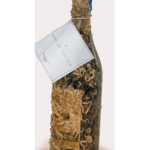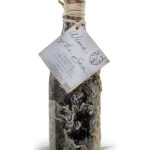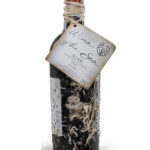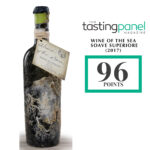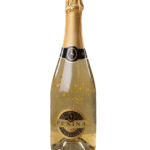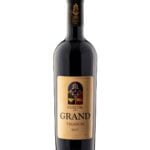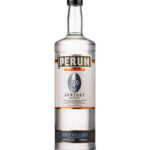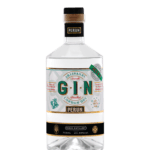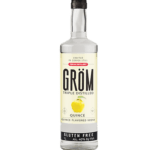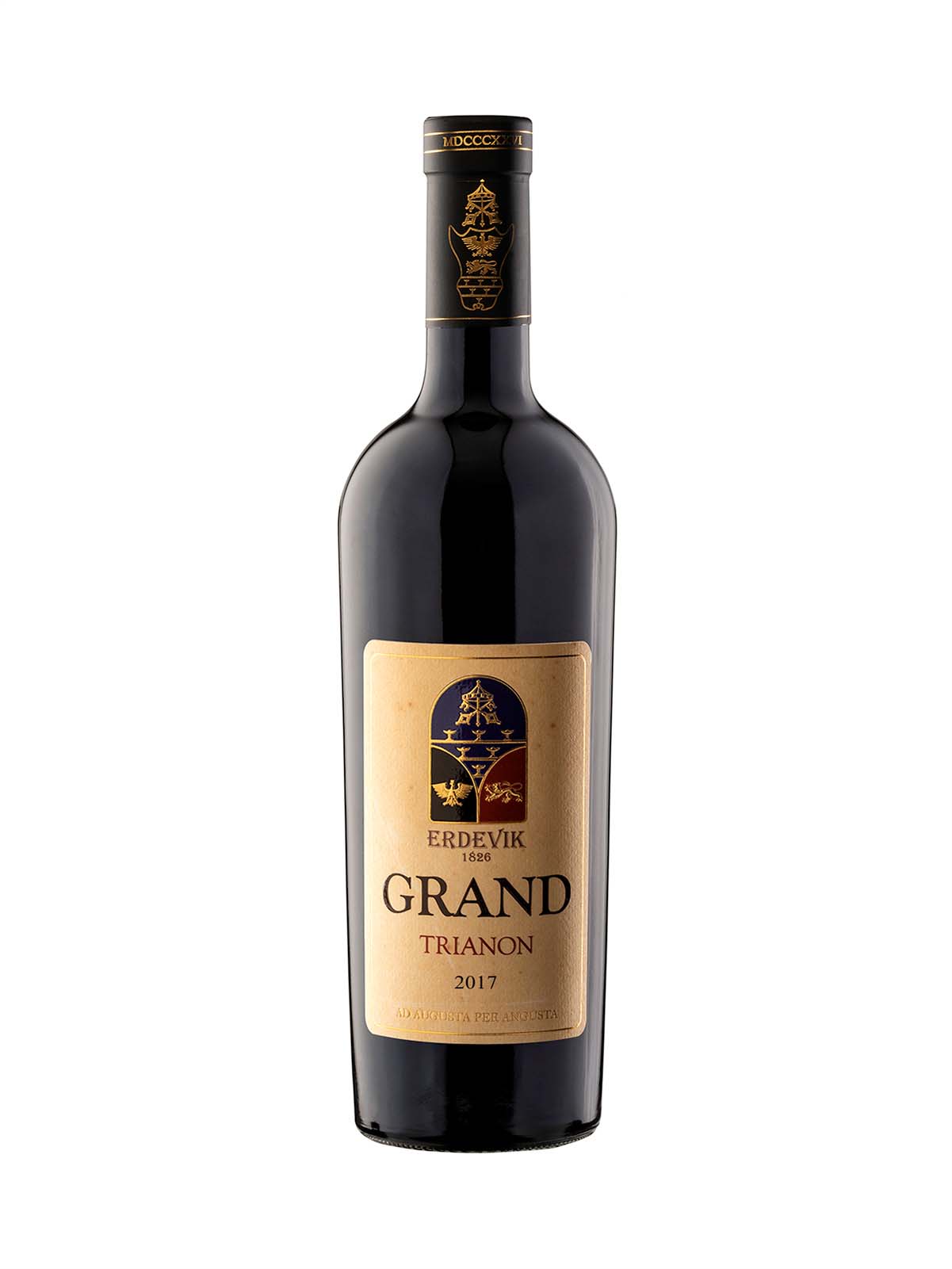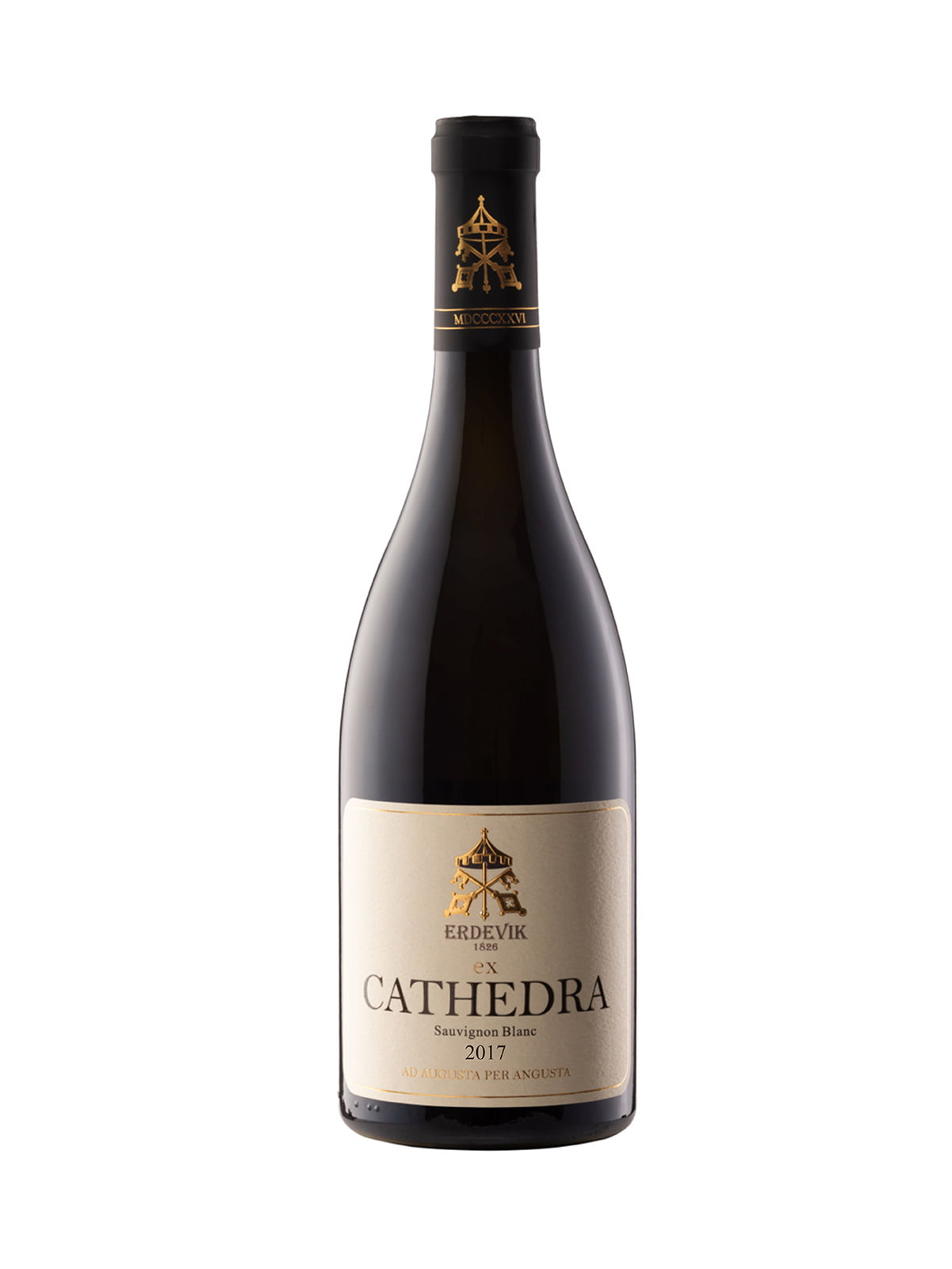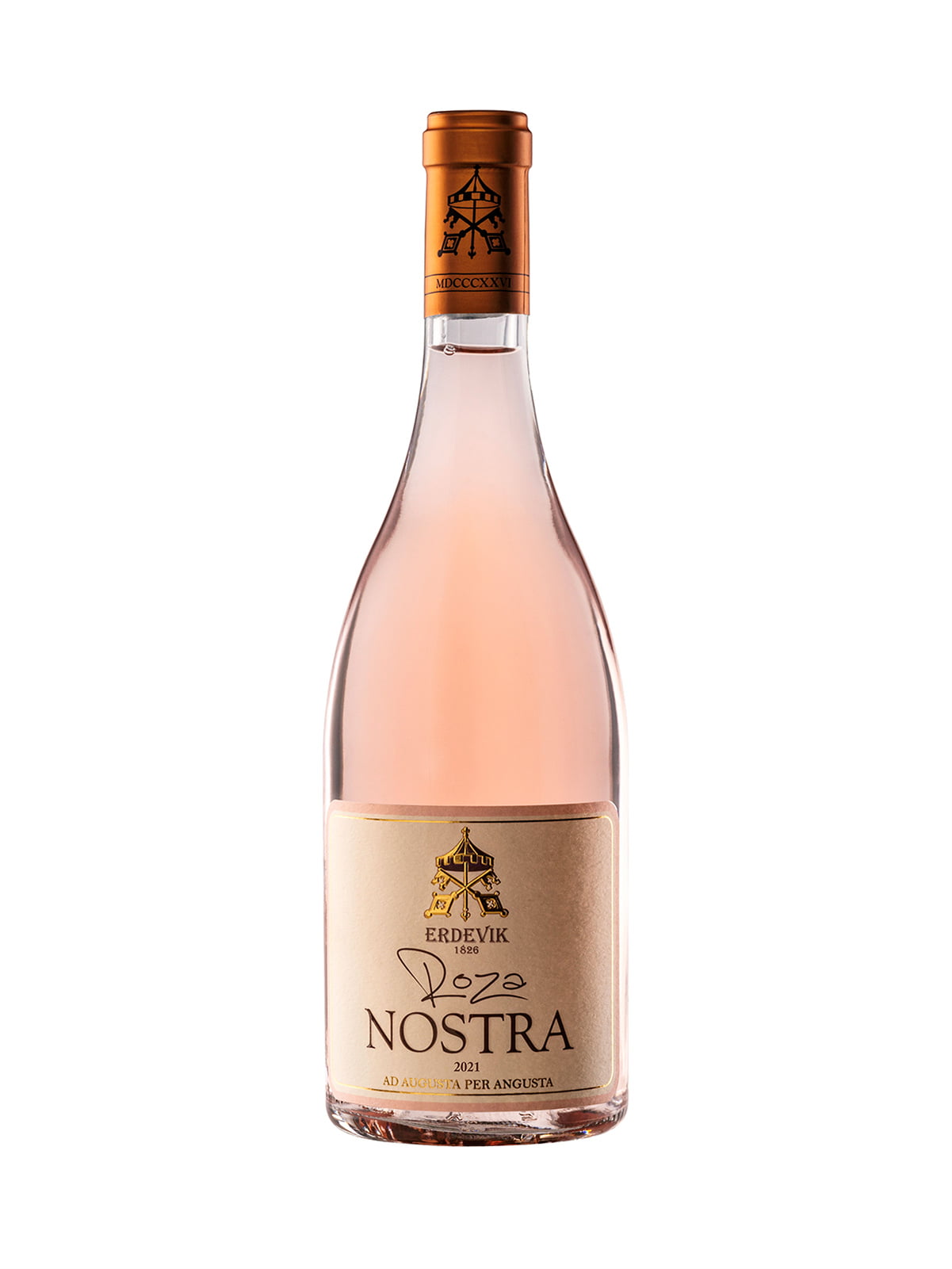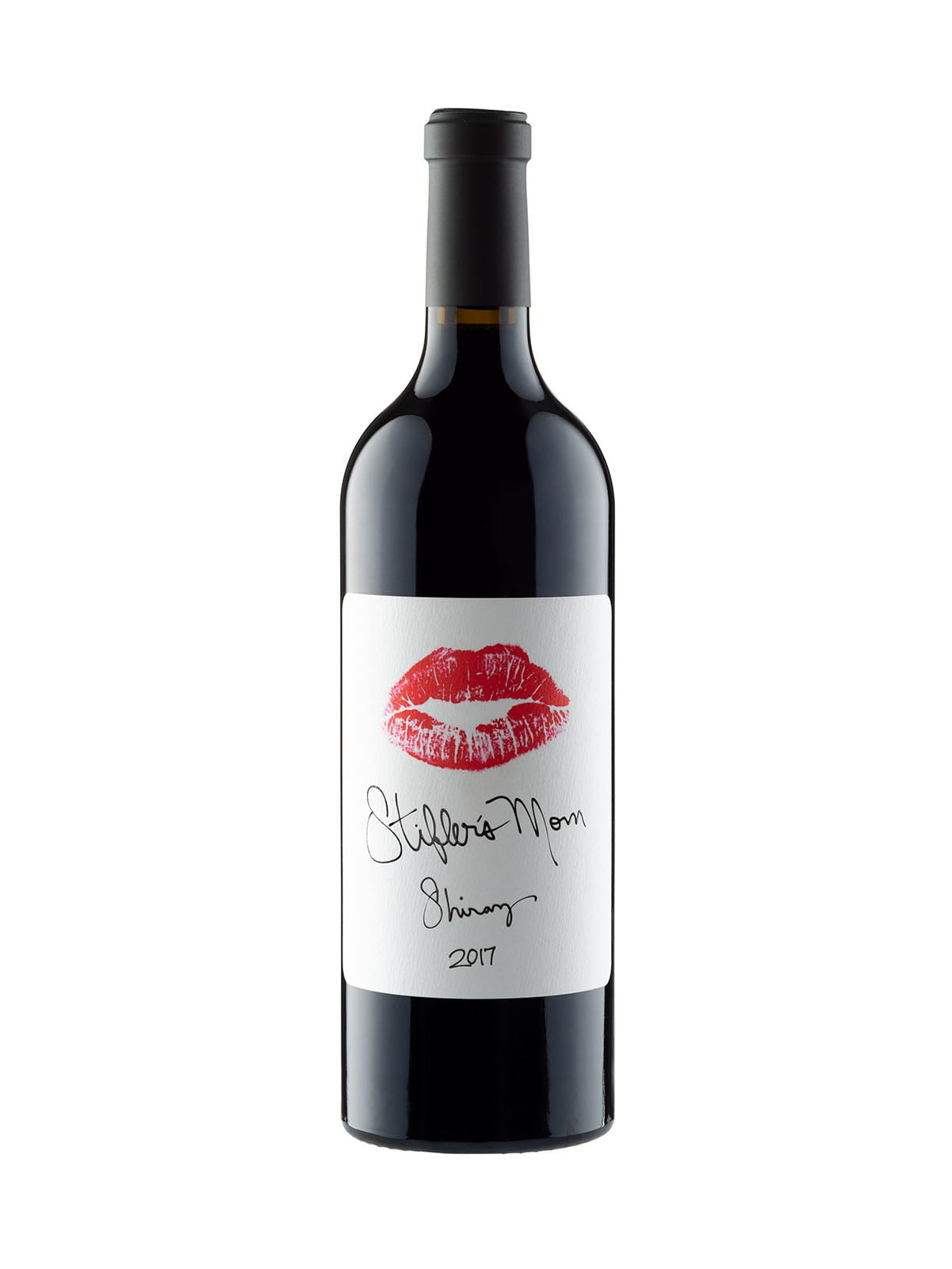Legacy
Decline and Fall of the Roman Empire
Probus – or Marcus Aurelius Probus to give him his full name – became Emperor in 276 AD. A native of the city of Sirmium in what is now Serbia, Probus initiated planting vineyards as a part of Imperial Project throughout a Roman Empire.
However, Probus has never forgotten his native city and as Edward Gibbon (english historian; 1737-1794) suggests in his capital work Decline and Fall of the Roman Empire:
„Probus exercised his legions in covering with rich vineyards the hills of Pannonia, and two considerable spots are described which were entirely dug and planted by military labour. One of these, known under the name of Alma Mons , was situated near Sirmium, the country were Probus was born, for which he ever retained a partial affection and early recognized its vine growing potential…“
As a part of the same Imperial Project at the very same time vineyards were planted in both Burdigala and Alma Mons (what are now Bordeaux, France and Fruška Gora, Serbia).
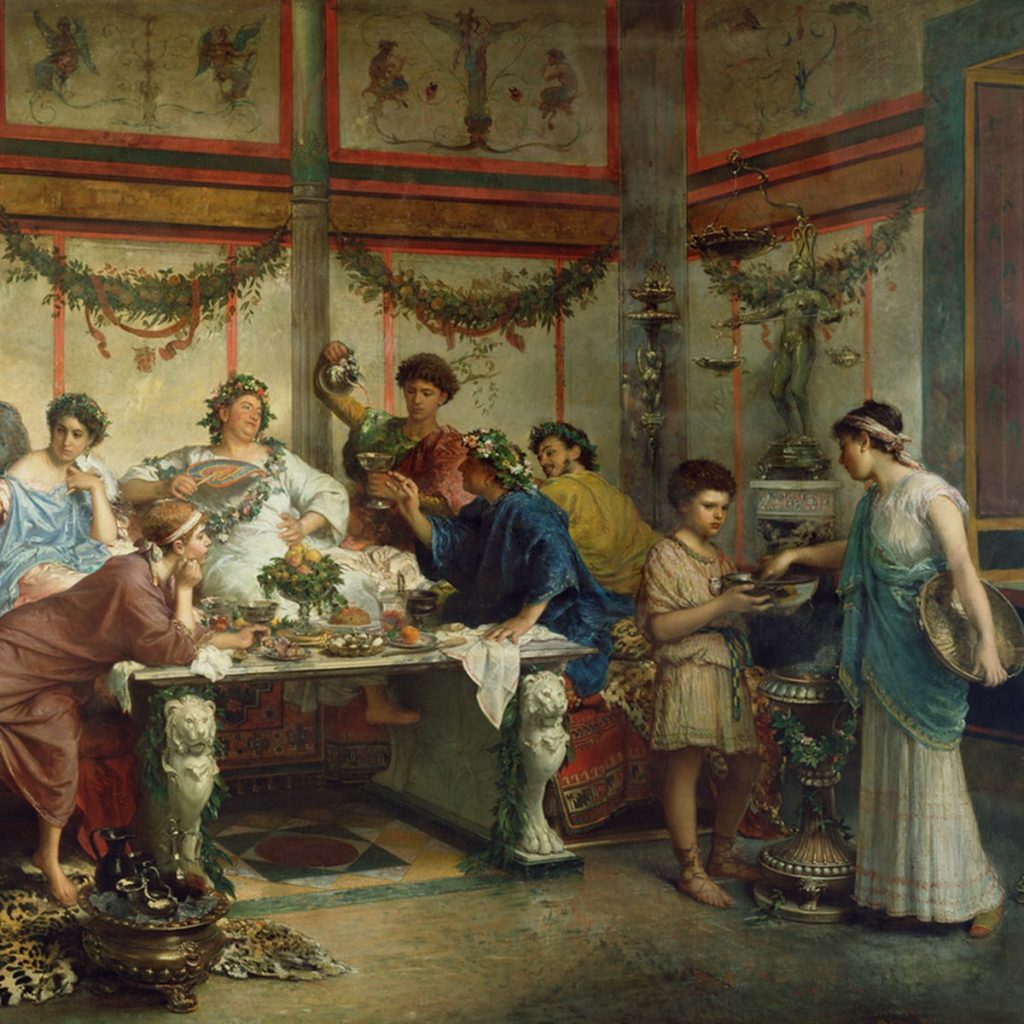
PAPAL KEYS of ERDEVIK
Pope Innocent XI born Benedetto Odescalchi
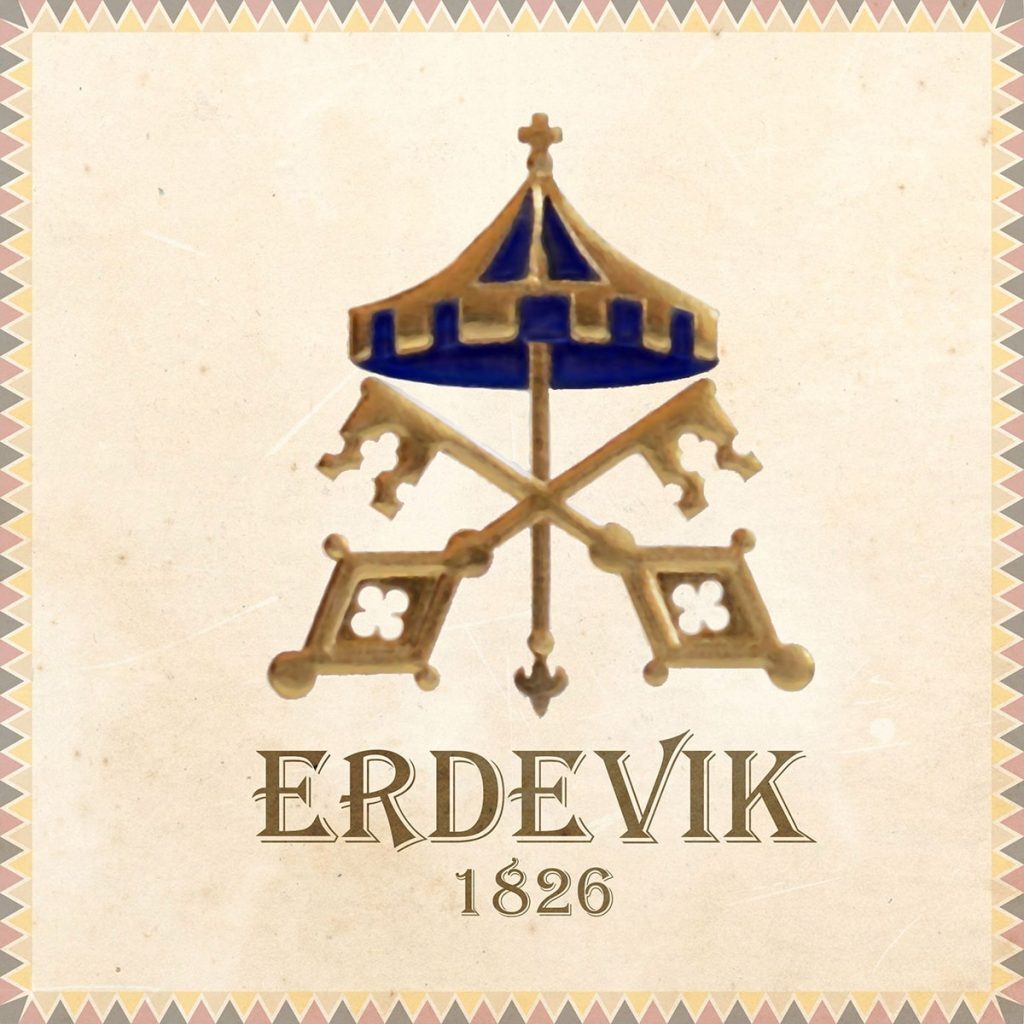
Pope Innocent XI (Latin: Innocentius XI; 1611-1689), born Benedetto Odescalchi, was Pope from 21st September 1676 to his death in 1689. He is known in Budapest as the Saviour of Hungary. He was beatified with no oposition in 1956 by Pope Pius XII.
Innocent XI was an enthusiastic initiator of Holy League which brought together the German Estates and King John III of Poland who in 1683 hastened to the relief of Vienna which was being besieged by the Turks. After the siege was raised, Innocent XI again spared no efforts to induce the Christian princes to lend a helping hand for the expulsion of the Turks from Hungary. He contributed millions of scudi to the Turkish war fund in Austria and Hungary and had the satisfaction of surviving the capture of Belgrade on 6th September 1688.
As a reward for his contribution, Leopold I, Holy Roman Emperor, gave to Pope Innocent XI and Odescalchi family Syrmia province including and , covered with vineyards.
From that moment Erdevik coat of arms bears the papal insignia – Papal keys of Heaven. In 1826 count Livio Odescalchi, built a cellar and a winery marking the beginning of what is today.
45th PARALLEL NORTH
The ideal latitude for the worlds great wines
A magic band surrounds our planet between the 40th and 50th parallels of the northern hemisphere.
Within this mysterious space, wine finds the ideal conditions for revealing the true expression of the soil and climate in its fruit and the imprint of each successful vintage.
The 45th latitude, mid-way between the North Pole and the Equator, is the dividing line for wine, most white grapes being grown north of it and red grapes south of it.
It thus represents a balancing point and a high-tension wire.
Our single block, 40 hectares vineyard lies exactly on 45th parallel, same as Bordeaux and Piedmont, thus sharing the same magical potential.
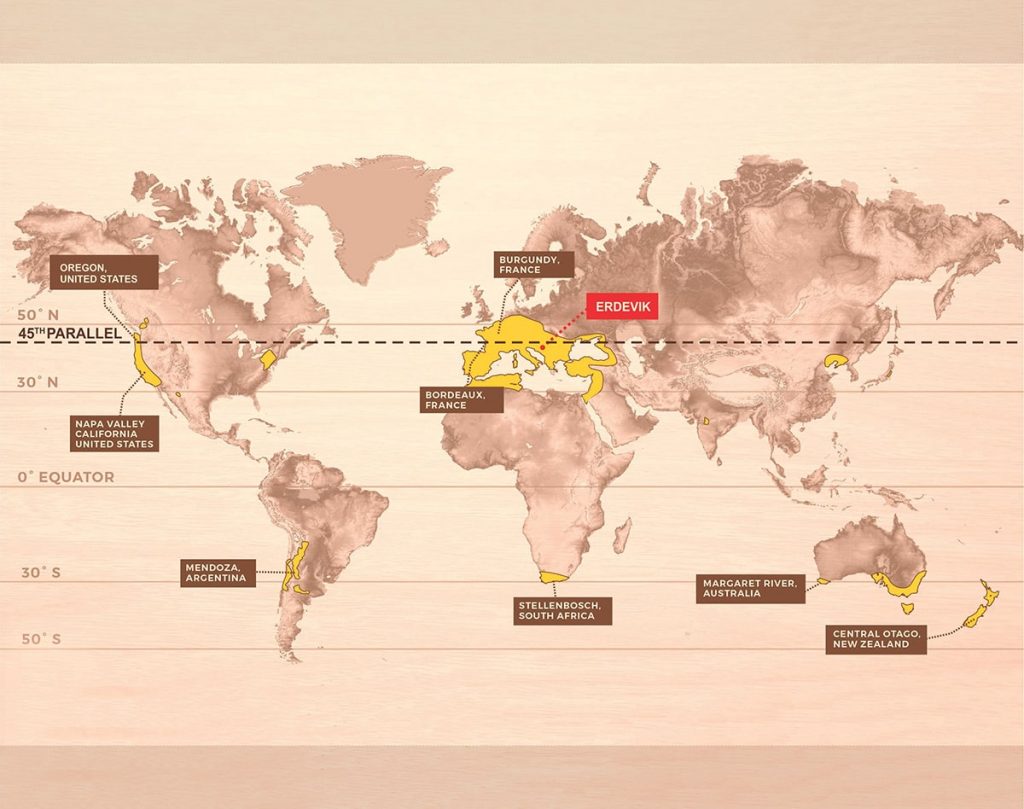
INFLUENCE of DANUBE
Why rivers make great wine regions
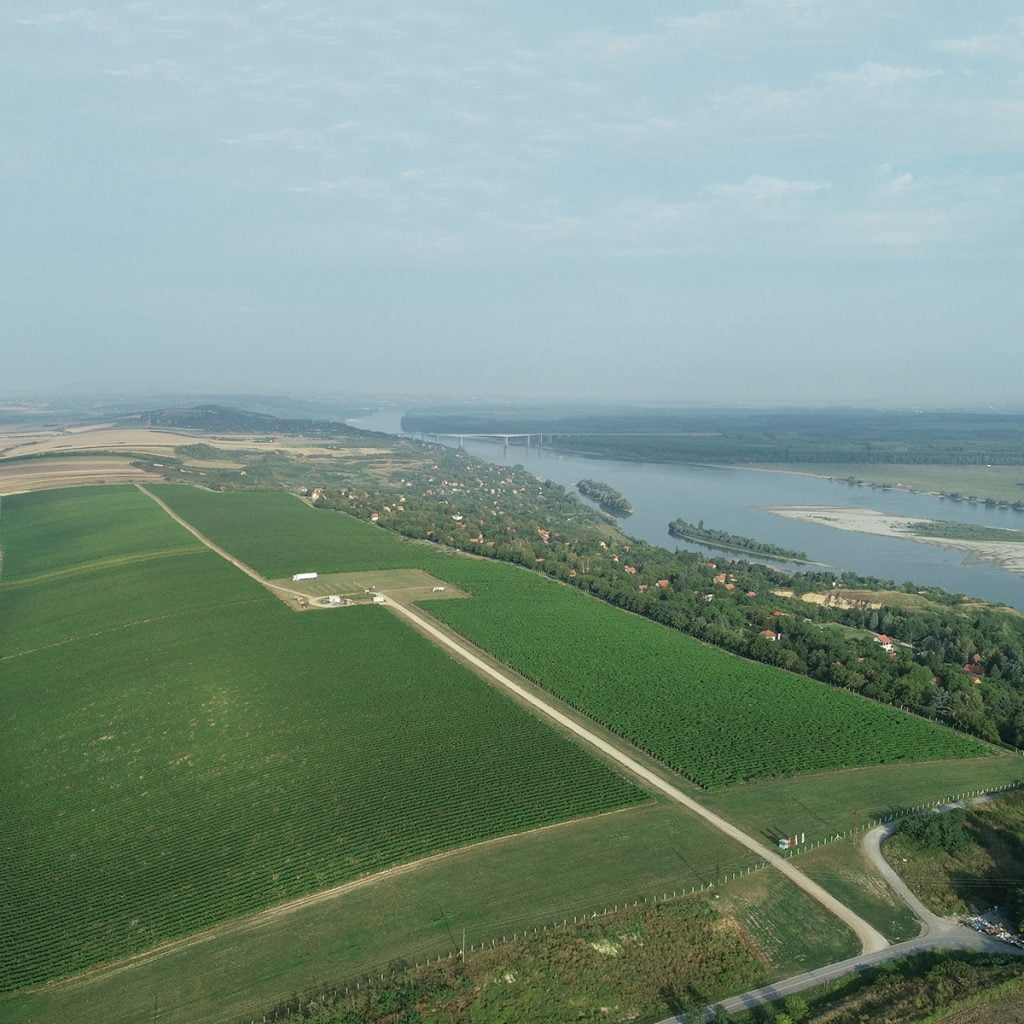
This science is the same reason outdoor pools stay warm longer than the air after sunset, and why seaside areas have more consistent temperatures than their nearby inland counterparts.
When it comes to fine wine, these moderating influences are paramount because they allow grapes to ripen while retaining vital acidity, either by adding heat or cold.
A combination of sugar and acid in grapes is what allows a finished wine to taste “balanced,”.
A prime location near a major river makes this balance easier to achieve, since rivers tame climates and limit vintage variation as a result. In short, rivers counteract the most brutal elements of a region’s climate and give winemakers better crops to work with every season.
Across the board, respected wine regions have rivers: Bordeaux, Loire, Mosel, Douro, Napa, Rhone, Rioja, and Margaret River. Historically, strategic riverside locations ensured access to markets for finished wines in addition to climatic benefits.
Even with modern transportation advances, one thing is for certain — vines aren’t planted in river valleys for the views.
VINEYARD
Location of our vineyard
Vineyard is located above the village of Krcedin (Breskvik micro-location) at 100 meters above sea level with several grape varieties: Chardonnay, Cabernet Sauvignon, Merlot, Sauvignon Blanc and Syrah.
We carefully selected location where to plant our vineyards. Breskvik micro-location turned out to have the best terroir (climate and soil influence) in Fruska Gora appellation. Our grapes are ripening in the best possible way getting the sunlight both from the sun and as a reflection of river Danube. During the summer and early winter cool air flows from Fruska Gora forest so grapes achieve appropriate freshness, fruitiness and acidity becoming fully balanced.
Soil is multilayered full of minerals which provides robustness and complexity in wines. On the surface soil is alluvial with several layers of clay and limestone where plant roots are reaching fossilized segments of shell and coral remained from Pannonian sea sediments.
Most of the work in the vineyard is done manually and when the harvest comes we only use the best grapes to make our wines. We learn from tradition, respect the terroir and are making the wines for generations to come.
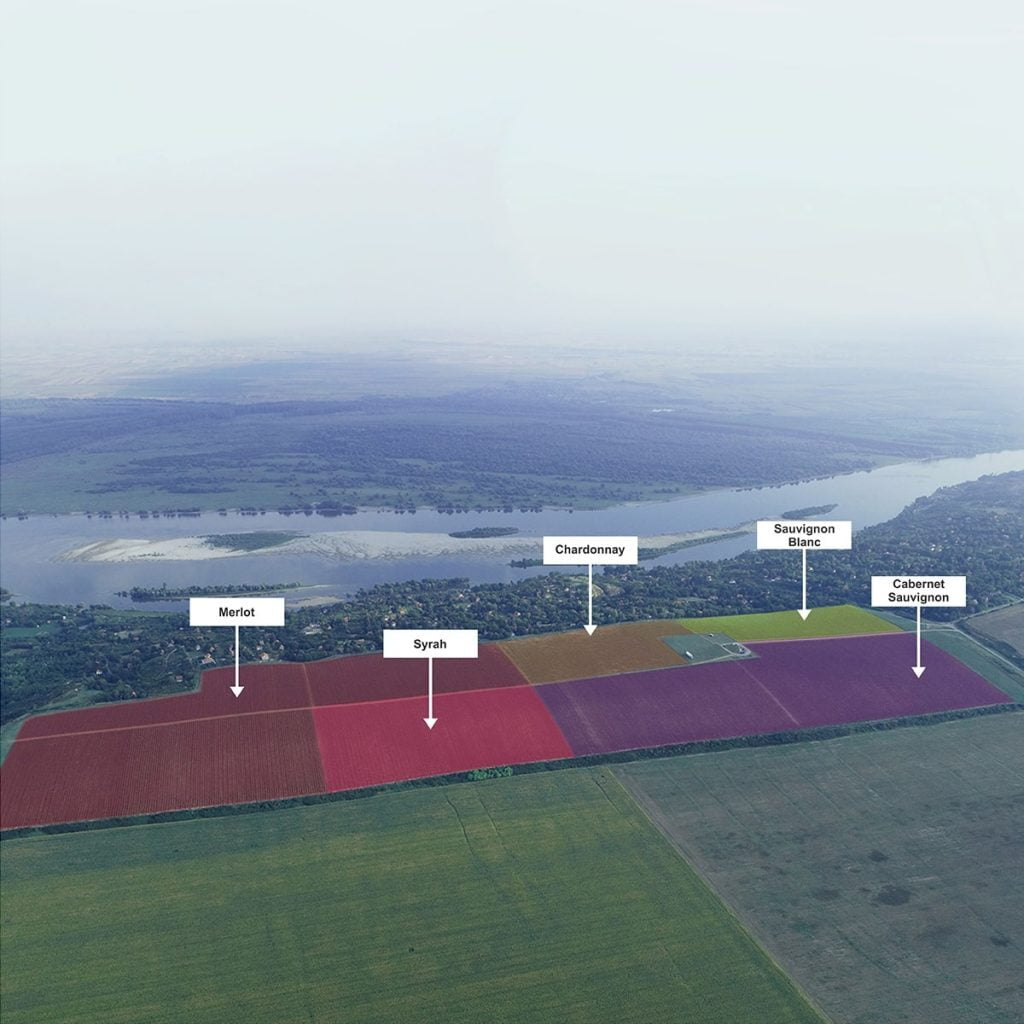
WINERY
Since 1826

Erdevik Winery is located in the village of Erdevik, region of Syrmia (present day Serbia) in western foothills of Alma Mons (Fruska Gora). Surrounded by mild hillside in Fruska Gora, vast plains in the south and located at 140 meters above sea level, Erdevik, with its three lakes is one of the most beautiful villages in the region of Syrmia (Srem).
In 1697 most of Syrmia province and therefore Erdevik became part of Austro-Hungarian Empire and were ruled by Italian nobility of Odescalchi family who aided king Leopold I defending the city of Vienna during the ottoman siege. Name of the village Erdevik was derived out of Hungarian word ERDOVEG meaning forested area. In Erdevik first vines were planted in 276 during the reign of Roman emperor Probus. In the early nineteenth century village of Erdevik had a number of vineyards so count Livio Odescalchi built a cellar and a winery.
Present day Erdevik winery is a synergy of tradition and modern approach to winemaking where premium wines are produces exclusively from an estate owned vineyard located on the right bank of river Danube.


